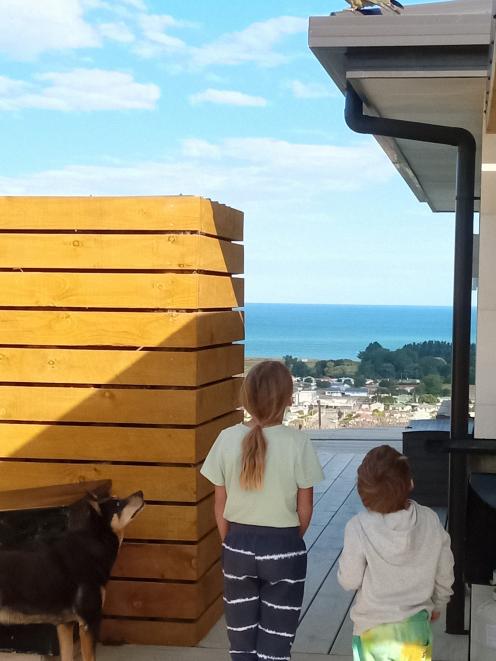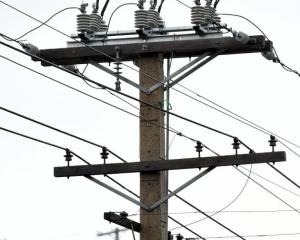
Cam Mackenzie, of Oamaru, was tending a barbecue at 5pm last Wednesday when a large green and orange bird flew overhead and into the forest behind his house.
"A kea? Surely not," he thought to himself.
He searched for a kea call online and played it in hopes of luring the bird back.
Within 30 seconds, a kea came into view.
"All of a sudden, it came back and hung out on the roof."
The New Zealand parrot usually found much closer to the Southern Alps, sat on the roof and in the trees around the house within "a couple metres" of the residents.
"It was inquisitive, checking us out," Mr Mackenzie said.
It spent an hour at the house before flying off, happy and squawking, he said.
"He didn’t seem hurt, he didn’t seem injured."
It was a "bit of a buzz" for his two children, Lucas, 3, and Bella, 9, and the Swedish family staying with Mr Mackenzie, who had not seen a kea before.
Family dog, Jet, sat on the deck and watched it with his ears pricked up.
Mr Mackenzie thought the kea may have blown off course.
"They’re not supposed to be here."
He did not know where the bird was headed but hoped it got there safely.
He had not seen the kea again.
Department of Conservation (Doc) science adviser Kerry Weston said Doc was unsure where the kea had come from.
"Kea are sometimes seen in eastern coastal areas like Oamaru, Banks Peninsula and recently in Balclutha, most often during summer, although sightings are rare."
She said it was normal for young kea to travel and explore new areas before settling down to breed.
"However, it’s unusual to see them so far from their typical forest habitat."
Kea could be found from Fiordland to Golden Bay but were most common in upland forests along the Southern Alps and lowland podocarp forests in South Westland.
The closest populations to Oamaru were in the Southern Alps forested ranges.
People who saw kea in unusual places were encouraged to contact their local Doc office and report sightings to the Kea Database to help researchers understand kea and their movements.
"Kea are smart but threatened — they need everyone’s care and respect to survive."
"We ask people not to feed kea or let them scavenge as it changes their natural behaviour and puts them at risk."













